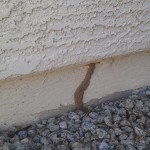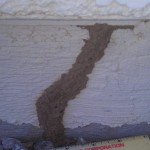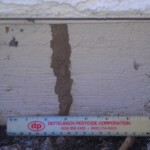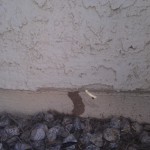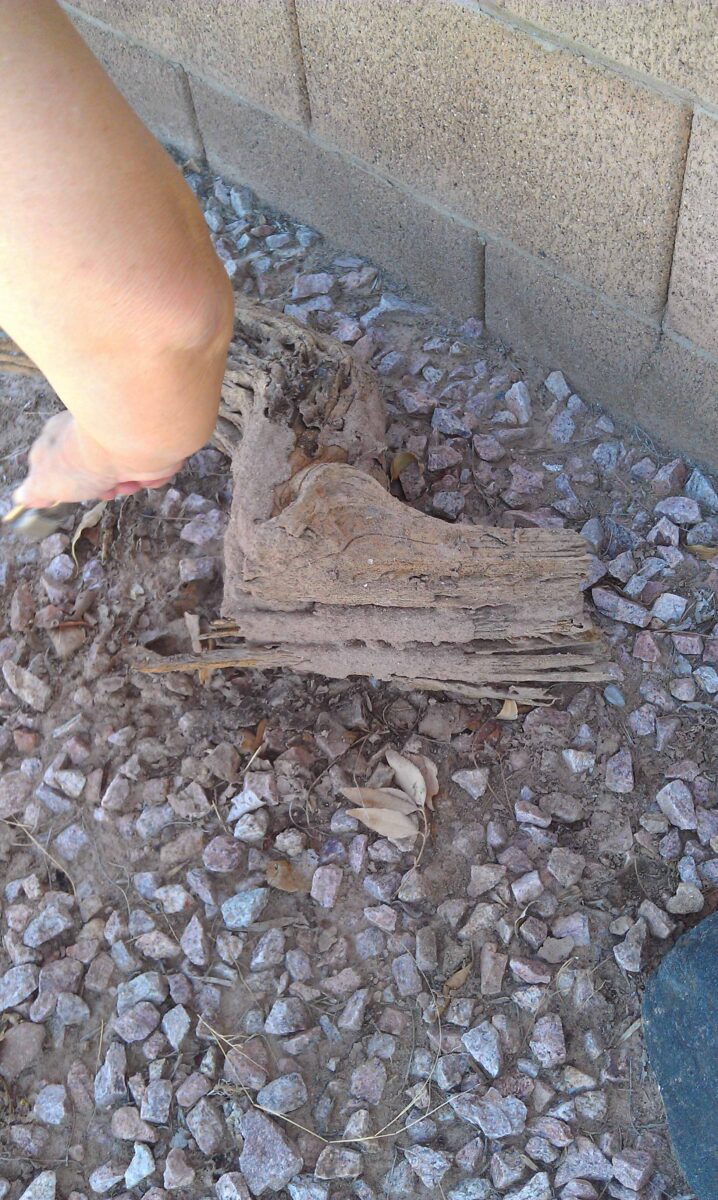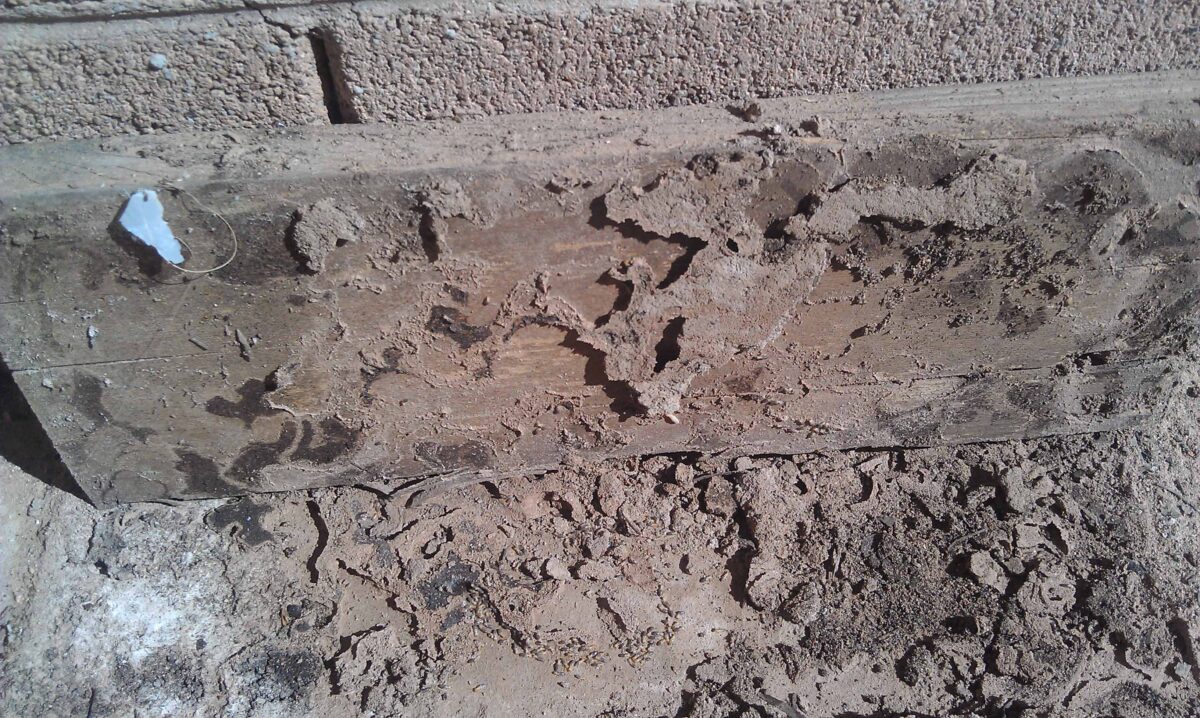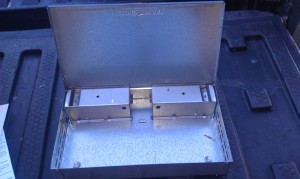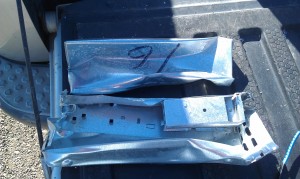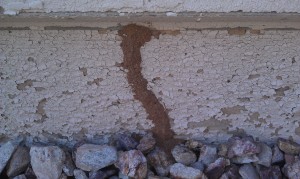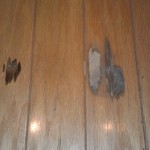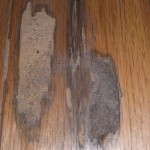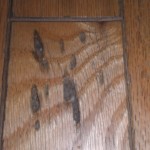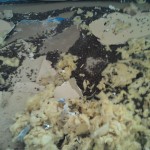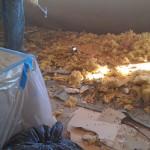[aio_button align=”center” animation=”flash” color=”orange” size=”medium” icon=”thumbs-up” text=”FREE Termite Inspection” url=”https://callprobest.com/free-termite-inspection”]
Click the button above to go directly to the contact form.
Just after monsoon rains is when we encounter more termite activity and that time frame is July – December, depending on frequency of rains. I recommend an inspection yearly, ProBest Pest Management offers a free service! If you are familar with termite tunnels or tubes you can make a cursory check yourself and if you spot something you can always give us a call at 602-249-7378.
Here a few pictures to remind you of what you are looking for.
